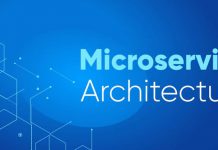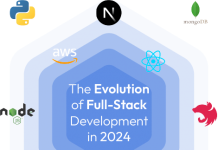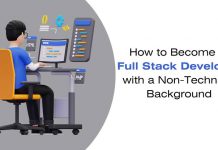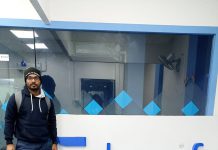Full Stack Development Course- Pay After Placement
Full Stack Development refers to the practice of developing both front-end and back-end components of a web application. This includes building the user interface, server-side scripting, database integration, and deployment.
MERN stack is a popular technology stack used for Full Stack Development. It stands for MongoDB, Express.js, React.js, and Node.js. MongoDB is a NoSQL database, Express.js is a web application framework, React.js is a front-end library, and Node.js is a server-side JavaScript runtime environment.
Pay-after-placement courses at Edureify are those where you pay for the course after you have secured a job or placement. This can be a good option for students who are unsure about their ability to secure a job after completing the course.
Edureify is an online education platform that offers courses in various domains, including Full Stack Development. However, I cannot provide specific information on their courses or their pay-after-placement policies. Read throughout the article to know more about the same.
What is a Full Stack Development Course?
Full Stack Development is a term used to describe the practice of developing web applications that cover both the front-end and back-end of the application. In other words, a Full Stack Developer has the skills to develop both the client-side and server-side components of a web application.
The client-side (or front-end) of a web application is what the user interacts with. This includes the user interface, or the design and layout of the application, as well as any interactive elements such as forms or buttons. The front-end of a web application is built using HTML, CSS, and JavaScript.
The server-side (or back-end) of a web application is responsible for handling data and logic behind the scenes. This includes things like data storage, database management, and server-side scripting. The back-end of a web application is typically built using a server-side programming language such as JavaScript (with Node.js), PHP, Ruby on Rails, or Python.
Full Stack Developers need to be proficient in both front-end and back-end technologies, and have a good understanding of how the two interact with each other. They should also have a solid understanding of web development concepts such as APIs, HTTP protocols, and web security.
Some of the skills required for Full Stack Development include:
- HTML, CSS, and JavaScript for front-end development
- A server-side programming language such as Node.js, PHP, Ruby, or Python for back-end development
- Database management and querying using SQL or NoSQL databases like MySQL, MongoDB, or PostgreSQL
- Understanding of web application frameworks such as React.js, Angular, or Vue.js
- Familiarity with version control systems like Git
- Knowledge of web development best practices, including security and performance optimization
In summary, Full Stack Development is a broad field that requires proficiency in both front-end and back-end technologies. It’s an exciting and dynamic field that can provide a wide range of career opportunities for those with the right skillset.
How can I start with full stack development:
- Learn the basics of HTML, CSS, and JavaScript: These are the building blocks of web development, so it’s important to have a solid understanding of these languages. There are many online resources available to help you learn these, such as freeCodeCamp, Codecademy, or W3Schools.
- Choose a server-side programming language: There are several programming languages you can choose from, such as Node.js, PHP, Ruby, or Python. Each has its own strengths and weaknesses, so choose one that fits your needs and interests.
- Learn a web application framework: Frameworks like React.js, Angular, or Vue.js can help you build complex web applications more efficiently. Choose one that works with your chosen programming language and learn its basics.
- Learn about databases: You’ll need to know how to manage and query data in a database. SQL is a popular language for relational databases, while NoSQL databases like MongoDB are also widely used.
- Practice building projects: Once you’ve learned the basics, start building small projects to practice your skills. This will help you gain experience and confidence in your abilities.
- Expand your knowledge: Keep learning and expanding your knowledge by reading blogs, participating in online communities, and attending conferences and workshops.
There are also many online courses at Edureify bootcamps that offer Full Stack Development training, which can be a great way to get started and receive guidance and mentorship from experienced developers.
Master Your Coding Skills with BootSelf AI
If you're looking to enhance your coding abilities and upskill in artificial intelligence, look no further than the BootSelf AI app. This innovative platform provides AI-based coding lessons that are tailored to your individual learning pace.
Available on both iOS and Android, you can download the BootSelf AI app and start mastering coding skills today:













